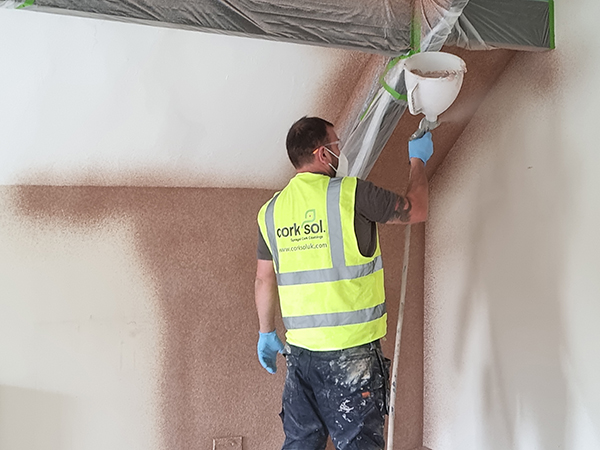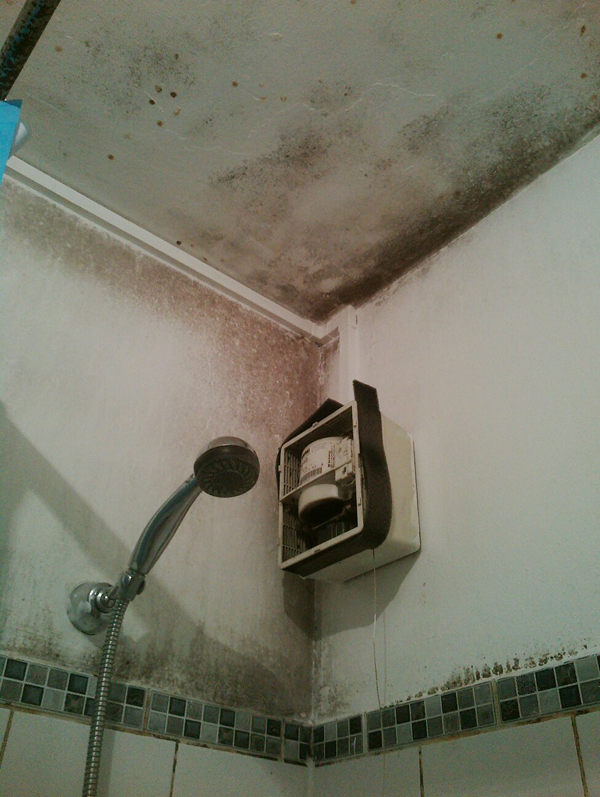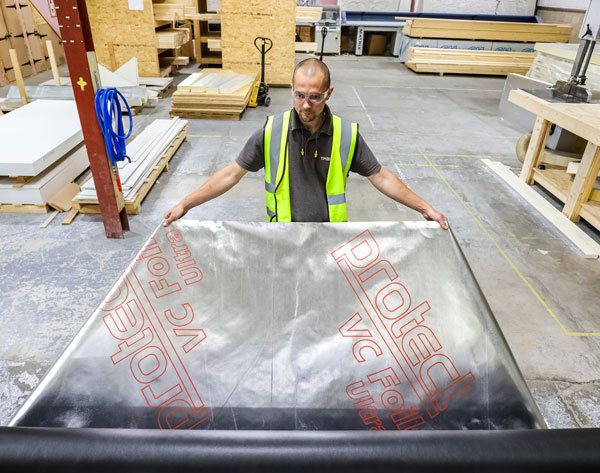The importance of Retrofit on aging properties

There are a number of issues that come about from the fact that nearly 80% of homes in England are over 40 years old1 – and it is forecast that 80% of our existing building stock will still be in use in 20502!
The most common issues include condensation and damp, draughts, and excessive cold brought on by a lack of insulation which makes heating systems work harder for more money and less warmth. This leads many people to pay for wasted energy – which they struggle to afford as we continue to experience a cost of living crisis. According to the English Housing Survey 2022-23, over a quarter of tenants struggled to pay rent in both the private and social housing sectors3, so it is crucial that their property is energy efficient and air tight so they are able to retain heat within their property.
- Read more about The importance of Retrofit on aging properties
- Log in to post comments


















